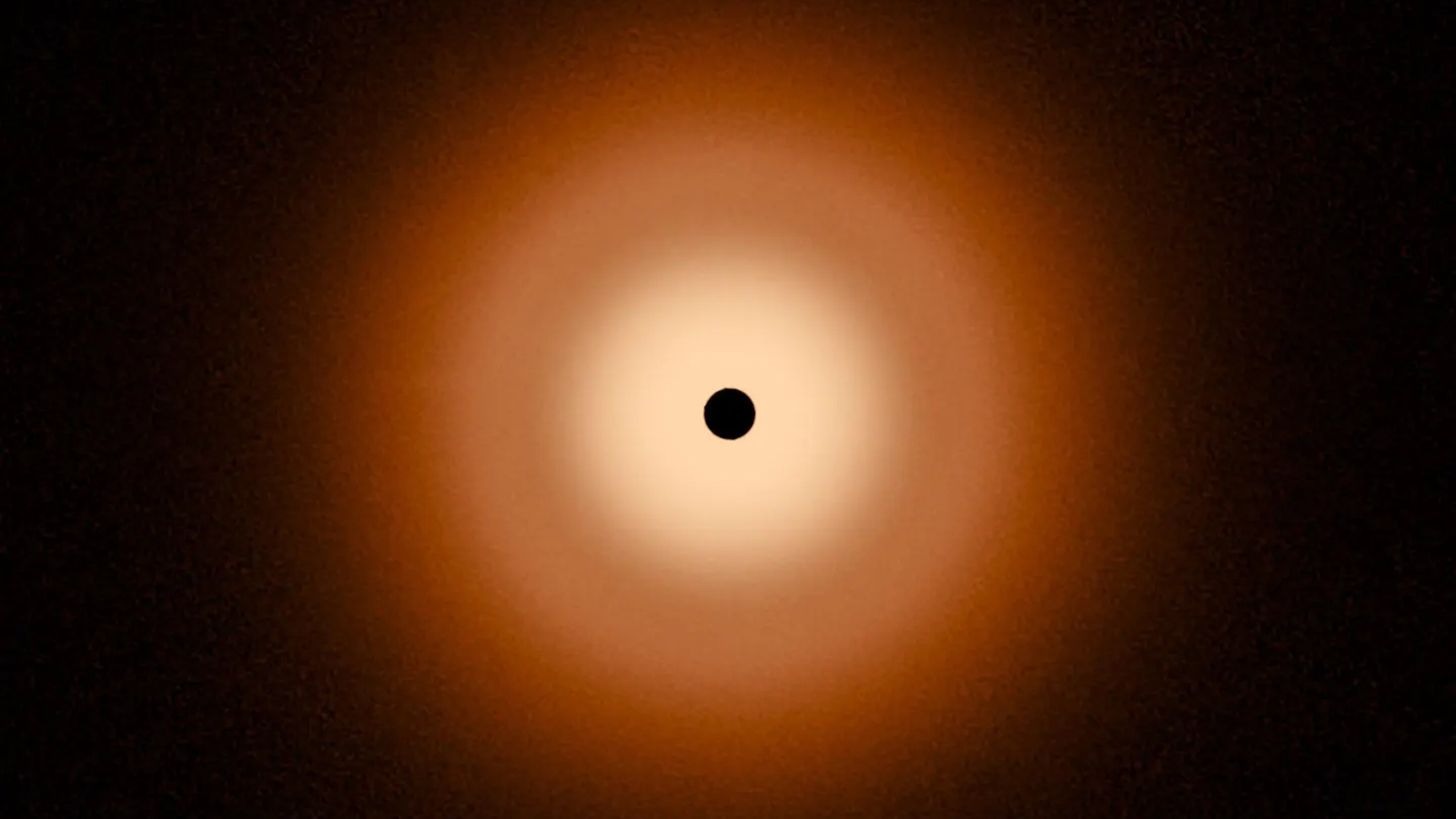IJMS, Vol. 24, Pages 10072: Superparamagnetic Spinel-Ferrite Nano-Adsorbents Adapted for Hg2+, Dy3+, Tb3+ Removal/Recycling: Synthesis, Characterization, and Assessment of Toxicity
International Journal of Molecular Sciences doi: 10.3390/ijms241210072
Authors: A. F. P. Allwin Mabes Raj Maja Bauman Nena Dimitrušev Lamiaa M. A. Ali Mélanie Onofre Magali Gary-Bobo Jean-Olivier Durand Aleksandra Lobnik Aljoša Košak
In the present work, superparamagnetic adsorbents based on 3-aminopropyltrimethoxy silane (APTMS)-coated maghemite (γFe2O3@SiO2–NH2) and cobalt ferrite (CoFe2O4@SiO2–NH2) nanoparticles were prepared and characterized using transmission-electron microscopy (TEM/HRTEM/EDXS), Fourier-transform infrared spectroscopy (FTIR), specific surface-area measurements (BET), zeta potential (ζ) measurements, thermogravimetric analysis (TGA), and magnetometry (VSM). The adsorption of Dy3+, Tb3+, and Hg2+ ions onto adsorbent surfaces in model salt solutions was tested. The adsorption was evaluated in terms of adsorption efficiency (%), adsorption capacity (mg/g), and desorption efficiency (%) based on the results of inductively coupled plasma optical emission spectrometry (ICP-OES). Both adsorbents, γFe2O3@SiO2–NH2 and CoFe2O4@SiO2–NH2, showed high adsorption efficiency toward Dy3+, Tb3+, and Hg2+ ions, ranging from 83% to 98%, while the adsorption capacity reached the following values of Dy3+, Tb3+, and Hg2+, in descending order: Tb (4.7 mg/g) > Dy (4.0 mg/g) > Hg (2.1 mg/g) for γFe2O3@SiO2–NH2; and Tb (6.2 mg/g) > Dy (4.7 mg/g) > Hg (1.2 mg/g) for CoFe2O4@SiO2–NH2. The results of the desorption with 100% of the desorbed Dy3+, Tb3+, and Hg2+ ions in an acidic medium indicated the reusability of both adsorbents. A cytotoxicity assessment of the adsorbents on human-skeletal-muscle derived cells (SKMDCs), human fibroblasts, murine macrophage cells (RAW264.7), and human-umbilical-vein endothelial cells (HUVECs) was conducted. The survival, mortality, and hatching percentages of zebrafish embryos were monitored. All the nanoparticles showed no toxicity in the zebrafish embryos until 96 hpf, even at a high concentration of 500 mg/L.

 1 year ago
28
1 year ago
28


